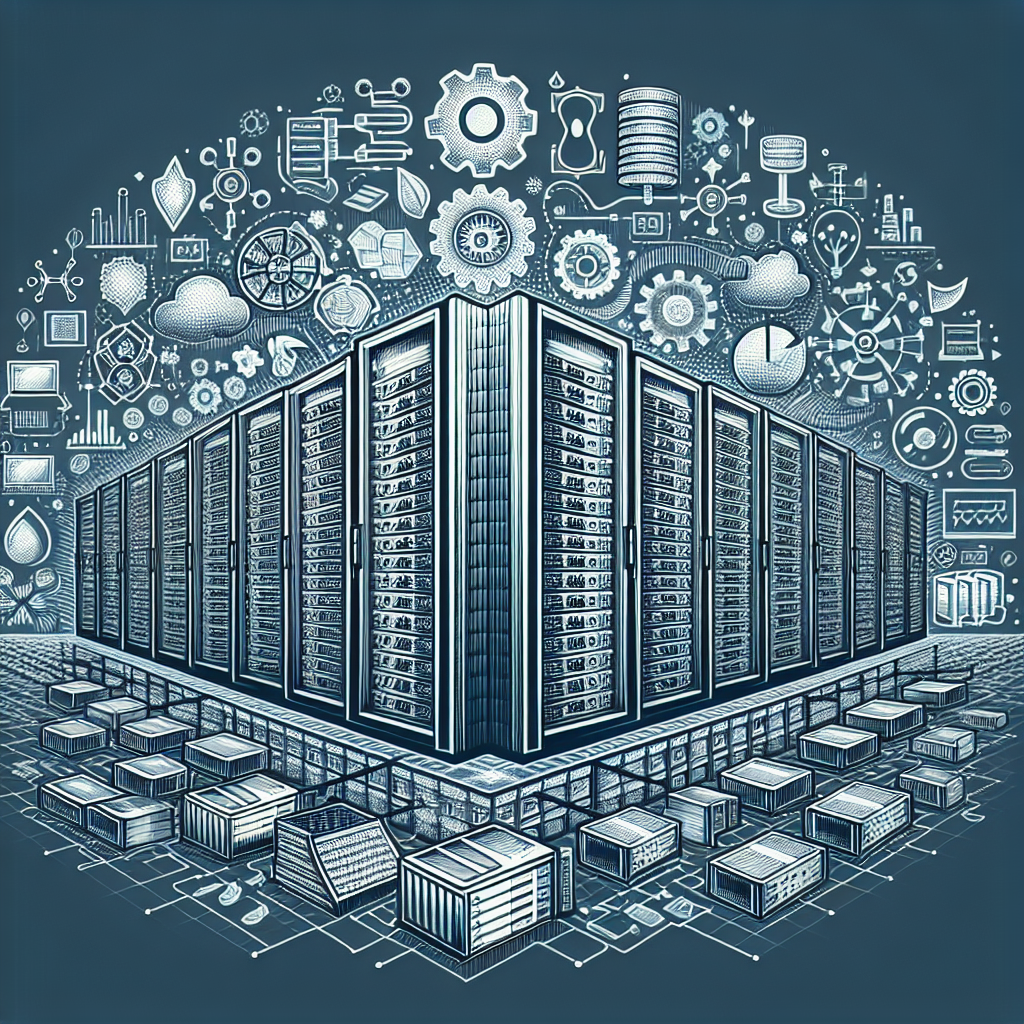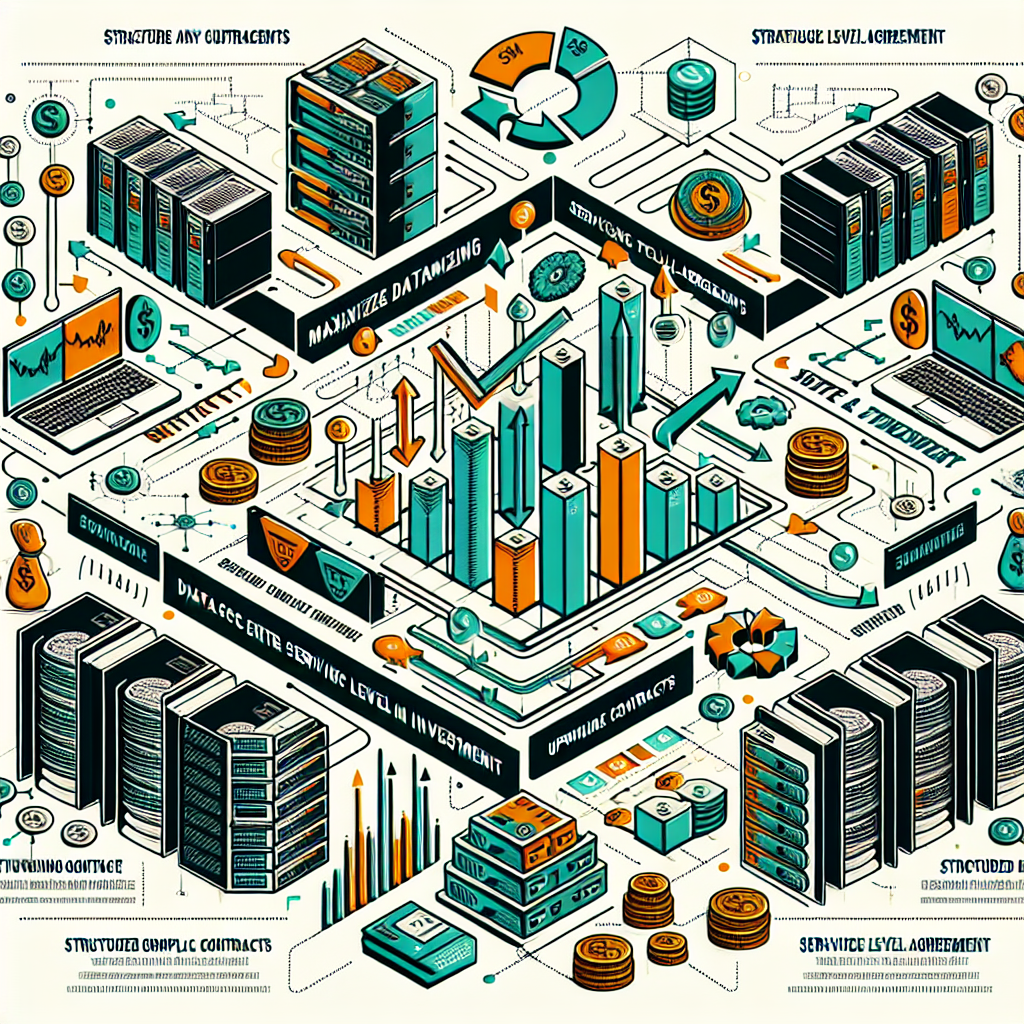In today’s digital age, data centers play a crucial role in storing and processing vast amounts of information for businesses of all sizes. With the increasing reliance on technology, it has become essential for data centers to operate efficiently and reliably. One way to achieve this is through strategic planning that incorporates predictive maintenance into data center operations.
Predictive maintenance is a proactive approach to maintenance that uses data and analytics to predict when equipment is likely to fail, allowing for timely intervention before any issues occur. By implementing predictive maintenance strategies, data centers can reduce downtime, minimize costly repairs, and improve overall operational efficiency.
One key component of incorporating predictive maintenance into data center operations is the use of advanced monitoring and analytics tools. These tools collect data from various sensors and equipment within the data center, allowing for real-time monitoring of performance metrics such as temperature, humidity, power consumption, and more. By analyzing this data, data center operators can identify patterns and trends that may indicate potential issues before they escalate into major problems.
Another important aspect of predictive maintenance is the use of predictive modeling and machine learning algorithms. These tools can analyze historical data to predict when equipment is likely to fail based on factors such as usage patterns, environmental conditions, and maintenance history. By leveraging these predictive models, data center operators can schedule maintenance tasks more efficiently, reducing downtime and extending the lifespan of equipment.
In addition to monitoring and analytics tools, a successful predictive maintenance strategy also requires a well-defined maintenance schedule and process. This includes regular inspections, testing, and calibration of equipment, as well as timely repairs and replacements when necessary. By following a proactive maintenance schedule, data center operators can prevent costly breakdowns and ensure the uninterrupted operation of critical systems.
Overall, incorporating predictive maintenance into data center operations is essential for ensuring the reliability and efficiency of modern data centers. By leveraging advanced monitoring and analytics tools, predictive modeling, and a proactive maintenance schedule, data center operators can minimize downtime, reduce costs, and improve the overall performance of their facilities. With strategic planning and a focus on predictive maintenance, data centers can stay ahead of potential issues and continue to meet the growing demands of today’s digital economy.











